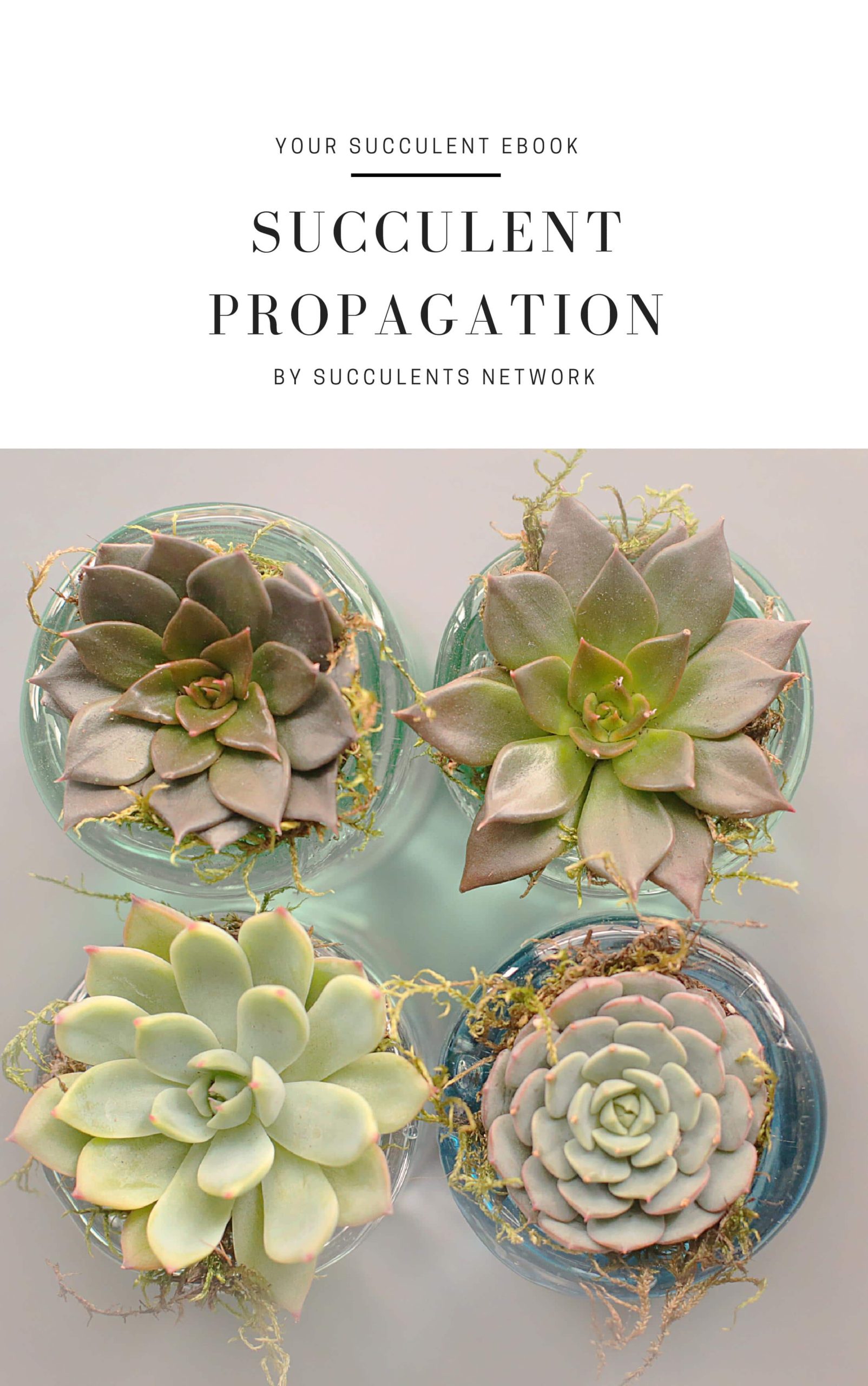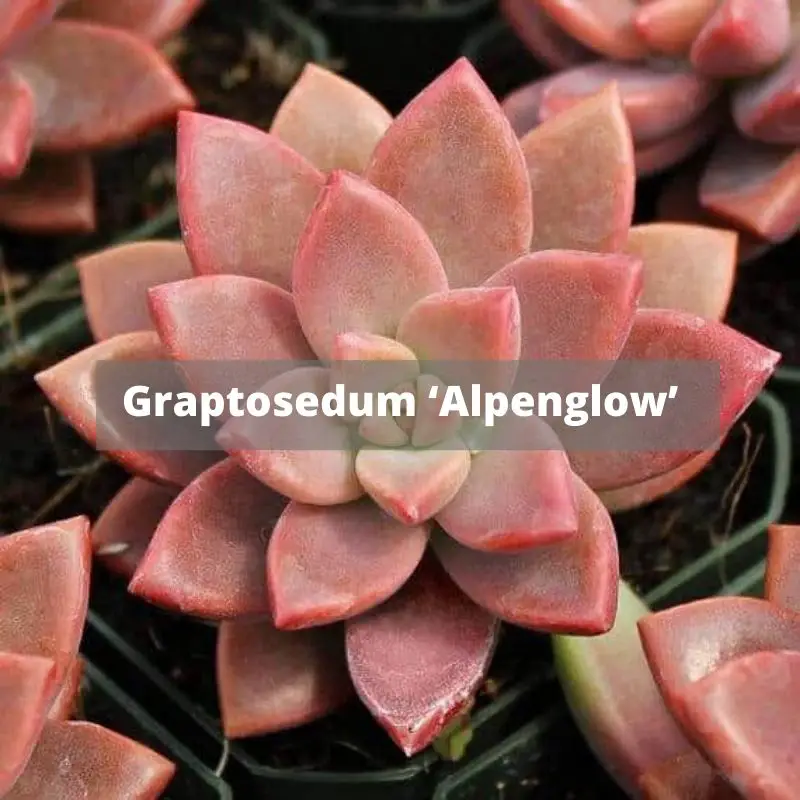If you have ever owned a cactus, then the question might have come to your mind on how fast they grow. How large can a cactus get? These are all good things to know so that you know where to place your cactus, and what you can place around it. So let’s get to it.
How fast do cactus grow? Most cactuses are slow grower cacti, coming in all shapes and sizes. Some only a few centimeters tall after several years of growth, while others are significantly larger, all depending on the species. Most cactuses grow one or three cm taller per year. There are some exceptions to this rule. Others grow up to 15 centimeters or more per year.
- Echinocactus (also known as the Golden Barrel Cactus grows about one-two cm a year on an average.
- Ferocactus is known to grow up to two or three cm per year each year.
- Then there is the Saguaro Cactus (or more accurately known as Carnegiea gigantea) grows up to two-fifteen cm a year, all of that depends on the growth stage of the plant.
To grow your cactus to the fullest size, then you need to wait and wait, but that all depends on the species you own. My hope with this post is that you will understand the growth table that you will be dealing with. Keep reading and find out everything you need to know.
Are you struggling with propagation? This ebook is a how-to guide created for successful propagation. You will find detailed and helpful information for all the propagation methods. It is suitable for you whether you’re just starting with them or ready to advance your knowledge.
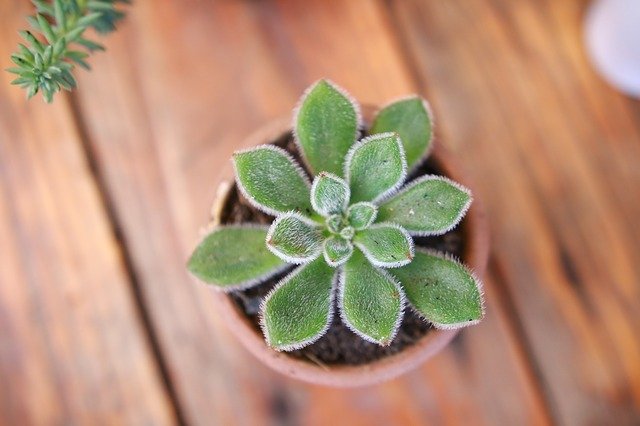
Picture via Pixabay
Why Do Cacti Grow So Slowly?
If you want to know why your cacti grow so slowly, then you need to focus on the two main aspects of the plant.
To begin with, most cacti are very adaptable to ensure survival, living in all sorts of climates. Some of which are quite unpredictable and harsh. One of the main results of their survival abilities is how much energy the plant spends on surviving. If you need help with your cacti, then be sure to let us know, and we will try to write more about them.
If the cactus were not so adaptable to its environment, it would have died out by now. The average cacti prioritize survival so that it can endure the harsh climate and the possible droughts and extreme heat.
Although it should be said that your cacti might be strong, it can not survive all climates; some cacti are called jungle cacti; they are known to be different from adaptations to those we usually associate with desert cacti.
Secondly, you need to think about the lack of leaves. Many plants or flowers for that matter have leaves. These leaves may come in different shapes and sizes and even thickness, but the plants have them. Leaves have a higher amount of concentration of chlorophyll, which is a chemical that uses sunlight to convert sunlight into energy. When the plants get enough sunlight, then they grow faster and effortlessly.
Cacti are plants that don’t have branches or leaves; rather, they have spines and areoles. These don’t produce energy like leaves do for other plants. However, as you might know, leaves are not suitable for hot, desert environments because it would make them lose water to rapidly.
As a consequence, cacti have much more limited green mass compared to other plants, which hinders their growing capabilities, according to the University of Nevada Cooperative Extension.
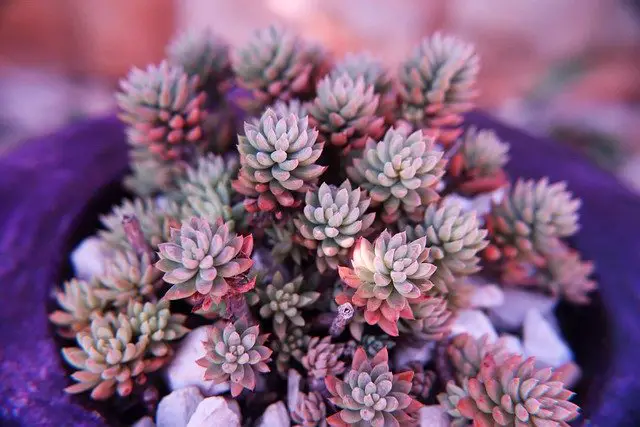
Picture via Pixabay
How Fast Do Cactus Grow?
First, we should discuss the numerous growth stages of the cacti and how long it takes them to grow. In the growth cycle, several milestones are related to its environment, from cold to warm. If the plant gets the best environment for growth, enough sunlight, enough water, and the best temperatures, it will grow better.
Within A Month?
Cacti are similar to other plants in regards to how they are planted. Both plants and cacti begin their life as seeds, taking several weeks to months to gain momentum and grow to its fullest potential.
When the plant is at its early stages, you can expect to see the cacti spines starting to form, mostly within the first month. You should know that not all cacti species have spines when you don’t see spines, look for seedlings that pop out of the dirt.
If, after one month, you don’t see anything, no seedlings, no spines, nothing wait longer. Often the growth of cacti can take several weeks; it all depends on the environment you are growing your cacti. With cactuses like other succulents, the best way to see how the plant adepts and grows is by waiting.
During the growth period of the plant, you must remove the covers that you use to shelter your plant during the day. Doing so will allow for more ventilation and increased growth of your plant. At this point, you should know that you need to water your cacti regularly but not too often. That means wait until the soil is dry at the bottom before watering again.
After Six Months?
When you own and care for cacti, it will grow, although not too fast, but it will grow. Six months into caring for your cactus, it can still be quite small, but that is okay, so don’t worry. If you compare your cacti to your flowers, then it will seem as if your new plant is growing relatively slow.
That might make you feel stressed in many ways, but it should not; these types of plants grow slowly, it’s all normal. So don’t panic. Be patient. It will come.
After A Year?
It is not so strange if your cactus hasn’t reached its fullest potential after 12 months. When you finally reach that milestone of your plant being full-sized, it is time to start thinking about propagation techniques. Take your succulent from its small container and move it to a larger one so that it can continue growing.
After 30 Years?
While cactuses can continue to grow for several years, all depending on the species that you own, but some can grow to be quite tall; one of those is Saguaro cactus. A cactus that traces back to the Arizona Sonoran Desert, if you have one of those, you can expect your cacti to grow to be quite tall.
Although it could be a lengthy process, a bonus with the plant is that it grows flowers once in a while. Don’t expect it to happen before the first 30 to 35 years. As I said, you need to wait a lot of time if you want to watch your cacti grow to its fullest potential.
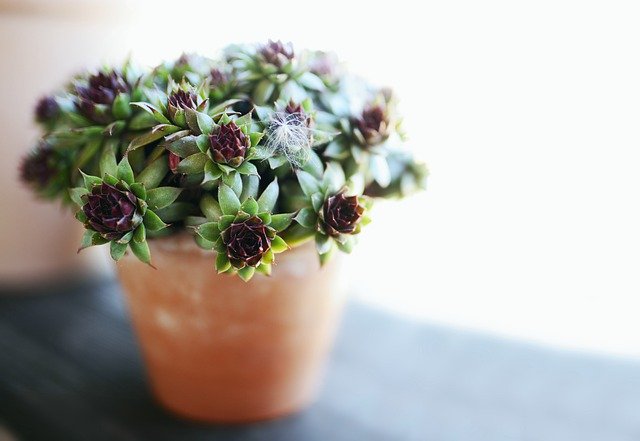
Picture via Pixabay
What Can Impede Growth Even More?
Other things can slow down the growth of your plant, so you need to observe the plant. Here I am going to talk about what you will need to keep your plant from slowing its growth.
Leaving It In A Container That’s Too Small
Once your cactus grows to be thick and sturdy, you will need to change where you place your cacti. If you, by chance forget to do so, your cacti will lack the required nutrients to survive. With a small container, the nutrients are limited in such ways that your cacti will most likely die.
Remember that once you move your cacti, repot it several times, at least.
Overstressing The Cactus
When people move around a lot, changing homes, we start to feel over-stressed, so do the cacti. Once you chance container for your delicious, then the cacti need time to adapt to its new container. When you do so, it lets your cactus roots get accustomed to its new home. Once the plant has reached used to its new home, you can slowly start placing it back in the sun, increasing in time each time.
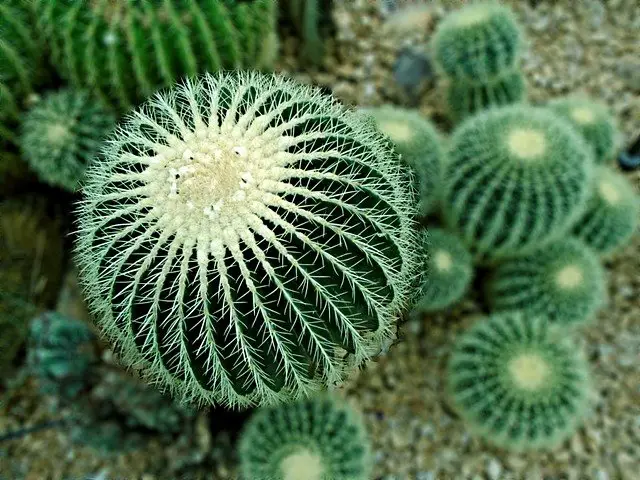
Picture via Pixabay
Overwatering
Often we have talked about underwatering plants but not so much the signs of overwatering the cacti. Cacti require much less water than your average flower that is all due to the native desert environment. Sometimes you need to spend a lot of time figuring out how you can watering cacti. If you are interested to learn in-depth how you can water your succulents, then have a look at our ebook ‘How To Water Your Succulents”.
Now, if you overwater your plant, it will impede the growth of your cacti. Often it can be hard to tell if you have over-watered your succulent, primarily if you have never owned one before. Usually after spending several months learning how to care for your cacti, you will quickly get asymptomatic if you are about to kill your plant accidentally. In some instances, your cacti can grow and get quite large. If that happens, then it will tell you that you are doing something right.
Once things start to go wrong, it goes wrong quickly. If your cacti have been overwatered, then the roots will die, and your cactus will slowly start looking worse.
If you lose a few roots, don’t panic too much. But when many roots die, then, your cacti have a lesser chance of survival. If you notice the color of your cacti starting to look a bit strange, that might mean it is slowly dying. Once you feel the touch of the cacti, it can contact too soft, that’s another sign. When you experience both of these signs, there is no going back. At some point, you will gain more experience in caring for your cacti, and things will become easier. Learning to recognize the early signs of trouble will save your plants that much faster.
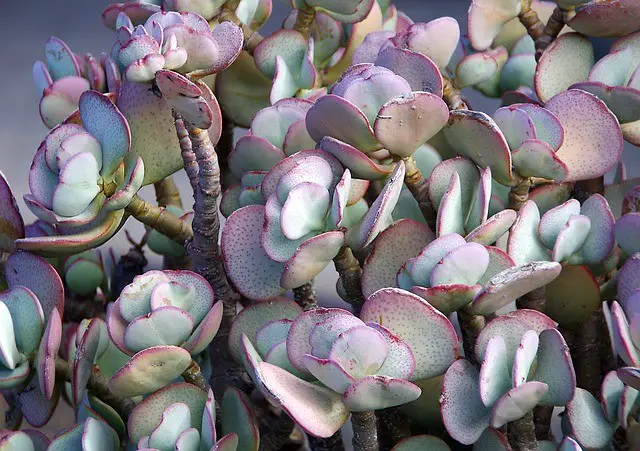
Picture via Pixabay
Keeping Your Cactus Covered For Too Long
Now, if you are growing succulent from seedlings, then you need to think about the germination during its early growth phase. Doing so will help you to keep it humid and make sure your seedlings stay warm while improving your chances of growing the cacti faster. Although it should be said that if you fail at removing the cover, then you will harm your plant, especially if it is still young. As most seedlings need ventilation so that it can grow better, when you don’t have enough ventilation, then it will kill your cacti.
How To Speed Up Cactus Growth
Now if you are lucky enough to avoid all the issues that can occur when your cacti are growing then you have few ways to speed up your process. Here are some of my suggestions to help you grow your cacti a bit faster:
- Most importantly make sure that your cactus has more than enough space in its container. Doing so means that it will have plenty of space to grow. You should also try moving your cactus not so much between places within the house. It will reduce the stress you place on your plant, and help to aid in with the plant growth.
- I have said this in many articles before but you should be using a well-draining pot mix. If you want to learn about the best combination have a look at my guide here. Using this technique will reduce the damage if you happen to overwater the plant, and the growth won’t is slowed down that much. Like I have said several times, too much water will kill the plant.
- Place the cacti in its ideal environment so that it can grow. Find an area inside your home that is bright enough so that your cactus can thrive. Each week turn the cactus so that all of it gets enough sun.
- Be sure the temperature your cactus is in is ideal. For cacti that are indoor, it should be around 18°C (or 65°F) to 29°C (or 80°F). You should pay attention to the amount of heat your cacti are getting so that it won’t be in a too cold environment or to warm. During the summer, it can reach temperatures that are not that great for the plant, while the winters it will be too cold for it.
- Although during the summer and spring you should be using succulent fertilizer for your cactus. Think of a product with low-nitrogen, these things work better for the plant.
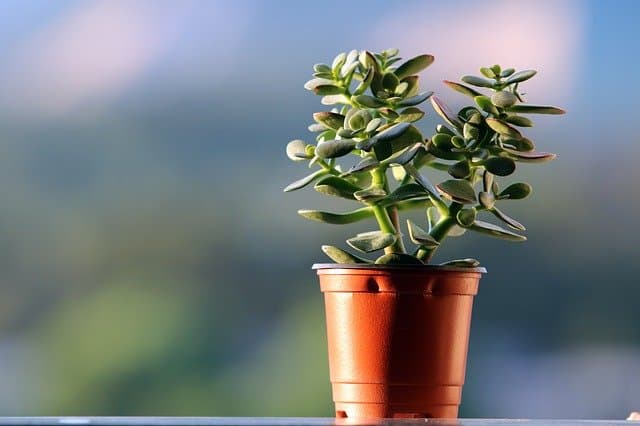
Picture via Pixabay

